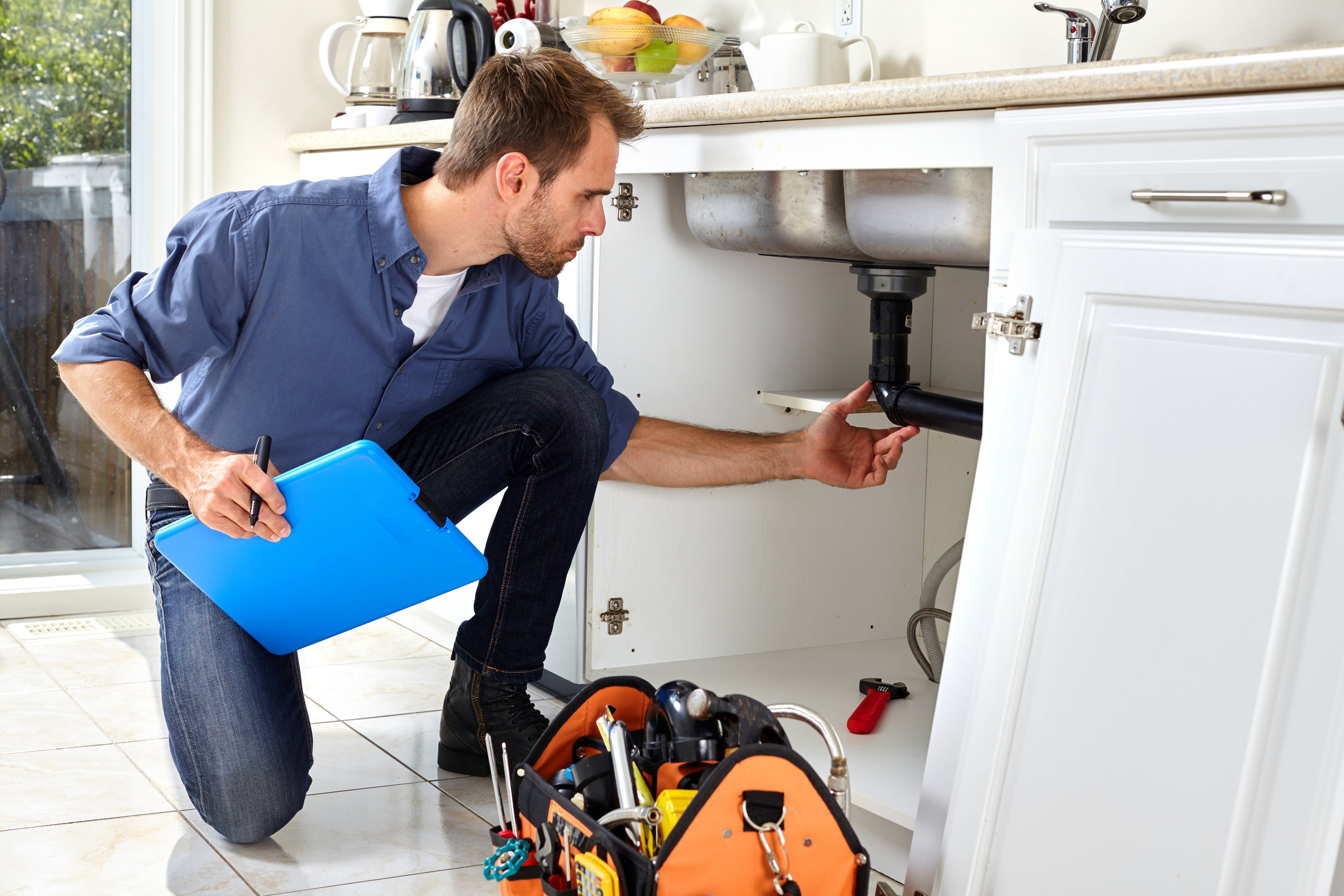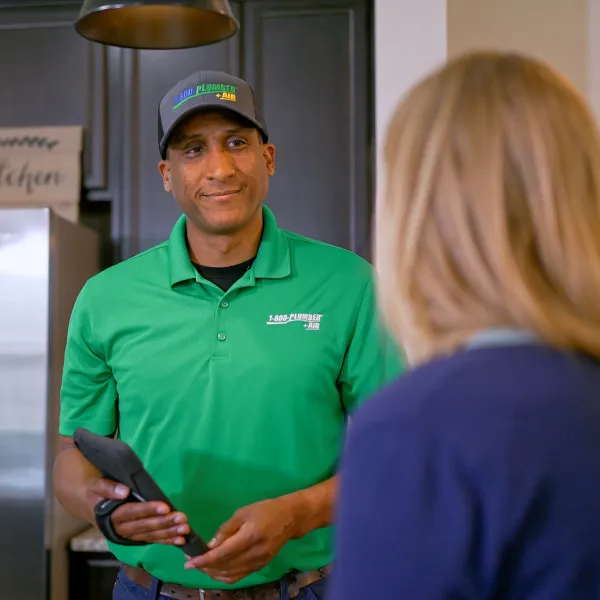Expert Drain Cleaning Alabaster AL to Maintain Your Water Lines Flowing
Expert Drain Cleaning Alabaster AL to Maintain Your Water Lines Flowing
Blog Article
A Detailed Overview to Efficient Water Heating Unit Installment for Optimum Performance
Beginning on the job of mounting a water heating system is an endeavor that requires precision and an organized approach for achieving optimum efficiency. As you continue, the details of linking water supply lines and establishing up trustworthy electric or gas links wait for, encouraging understandings right into making sure performance and reliability.
Choosing the Right Water Heating Unit

Next, take into consideration the size and capacity of the water heater. It's crucial to assess your home's warm water demands, which can differ based upon the number of passengers and their use patterns. An unit that's too small may result in not enough warm water, while a large version might cause unneeded energy usage.
Effectiveness rankings additionally play a critical duty in choice. Look for water heaters with high Energy Factor (EF) rankings, suggesting exceptional performance and reduced power usage. Tankless designs, though commonly a lot more costly in advance, deal substantial energy financial savings over time because of their on-demand heating capacities.
Preparing the Setup Location
Prior to mounting a new hot water heater, careful preparation of the installation area is important. This ensures a smooth installment procedure and aids stop future difficulties (Plumbing Services Alabaster AL). Begin by picking a proper location that adheres to local building regulations and safety requirements. The area ought to be dry, well-ventilated, and obtainable for maintenance. It's vital to determine the space very carefully to suit the water heating system's measurements, ensuring adequate clearance around the system for effective procedure and maintenance.
Examine the floor for security, as the water heater will need a strong, level surface area to run effectively. If essential, install a drip pan underneath the unit to capture potential leakages or spills, preventing water damages to the surrounding location.
In addition, ensure that all necessary devices and materials are on hand prior to starting the installment. This consists of products such as wrenches, screwdrivers, a degree, and any additional hardware required for safeguarding the heating system and placing. A well-prepared installment area establishes the foundation for an effective water heating system setup, enhancing performance and safety and security.
Connecting Water Lines
When connecting water supply lines to your recently set up hot water heater, it is important to make sure that all connections are protected and leak-free to maintain effective operation and stop water damage. Begin by recognizing the chilly and hot water supply lines. The cool water inlet is generally marked with a blue label or a "C", while the warm water electrical outlet is marked with a my website red label or an "H".
Usage adaptable water heater ports to help with a much easier installment procedure. Prior to attaching the connectors, put a plumbing's tape around the threaded ends of the water heater's inlet and electrical outlet pipelines.
Once connections remain in place, slowly activate the major water system shutoff. Check each link for leaks by aesthetically checking and feeling for moisture. Tighten up connections as necessary, and make certain the pressure safety valve is appropriately set up, securing versus excessive pressure accumulation.
Establishing Electric or Gas Links
Effectively establishing up the electrical or gas links for your water heater is a vital step to make sure reliable and safe operation. For electric water heating systems, start by validating that the electric circuit is suitable with the heater's voltage and amperage requirements. Make sure the power supply is switched off at the breaker to stop mishaps. Attach the electrical cables to the heating unit adhering to the manufacturer's circuitry representation. Commonly, this includes connecting the ground cable to the green terminal, and the remaining cords to their matching terminals, protecting each with cable nuts.
For gas water heaters, my company safety is critical. Validate that the gas supply is off before proceeding. Connect the gas line to the water heating system utilizing a flexible gas port, guaranteeing it is effectively threaded and sealed with pipeline joint compound or Teflon tape suitable for gas links. Tighten up the connections with a wrench, taking care not to over-tighten (Plumber Alabaster AL).
Once links are made, inspect for any kind of possible leakages. For gas lines, apply a soapy water remedy to the joints; bubbles indicate a leakage. For electrical links, confirm that all wiring is protected and correctly protected, keeping compliance with regional electric codes.
Testing and Adjusting for Efficiency
With the electrical and gas links safely in area, the following step is assessing the operational performance of your water heating system. Begin by very carefully turning on the water supply and ensuring there are no leaks at any of the shutoffs or joints.
Next, execute a comprehensive examination to guarantee the heating aspects or burner are working properly. For electric heaters, use a multimeter to validate if the components are attracting the proper present. In gas versions, observe the heater flame; it needs to be consistent and blue, suggesting efficient burning.
Readjust the setups as essential to get rid of inefficiencies. Take into consideration carrying out insulation procedures, such as adding a hot water heater blanket, to better improve performance by lessening heat loss. Furthermore, check the anode pole's problem, as a scrubby pole can lower efficiency official website and cause storage tank rust.
Final Thought
Reliable water heater installation is crucial for making sure optimum performance and power savings. Securely linking water supply lines and meticulously setting up electric or gas links minimize possible issues.

Effectively establishing up the electric or gas links for your water heating unit is a vital step to guarantee secure and effective procedure. For electric water heaters, start by validating that the electrical circuit is suitable with the heating unit's voltage and amperage demands. Link the gas line to the water heating unit making use of a versatile gas port, ensuring it is properly threaded and sealed with pipeline joint substance or Teflon tape appropriate for gas links.
Report this page